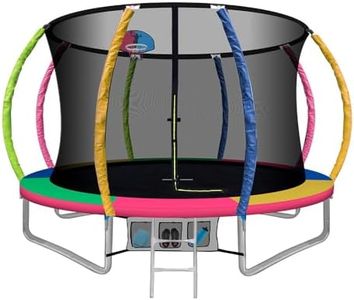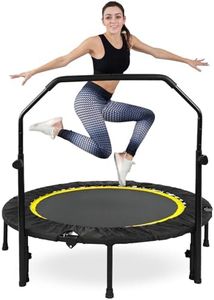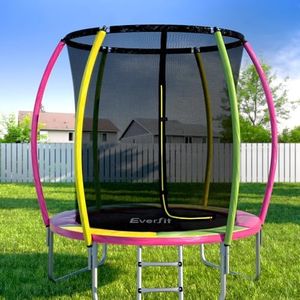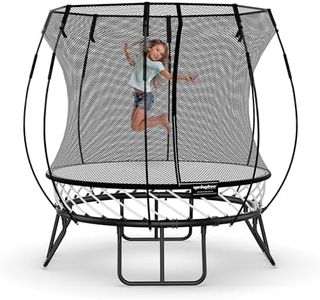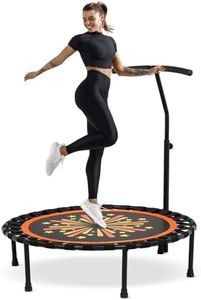We Use CookiesWe use cookies to enhance the security, performance,
functionality and for analytical and promotional activities. By continuing to browse this site you
are agreeing to our privacy policy
10 Best Trampolines Sizes
From leading brands and best sellers available on the web.By clicking on a link to a third party's website, log data is shared with that third party.
Buying Guide for the Best Trampolines Sizes
Selecting the right trampoline size is essential to ensure safety, enjoyment, and proper fit for your space. Before purchasing, consider who will be using the trampoline, how much backyard or indoor space you have available, and what activities you’d like the trampoline to support—from simple bouncing to gymnastics or multiple jumpers playing at once. Always make sure there’s enough clearance around the trampoline for safe use.DiameterThe diameter of a trampoline is the measurement across its widest point, typically given in feet or meters. It directly affects how much jumping space is available and how many people can safely use it at one time. Small trampolines (6-8 feet) are suitable for young children and limited spaces, ideal when only one child will jump at a time. Medium sizes (10-12 feet) accommodate older kids and occasionally two jumpers if within weight limits, making them a popular family choice. Large trampolines (14 feet and above) provide ample space for multiple users and tricks, but require a generous, clear yard area. To pick the right diameter, match it to your available space and the number and age of intended users.
ShapeTrampolines come in various shapes, including round, rectangular, square, and oval. The shape determines how the trampoline bounces and how much usable jumping area it has. Round trampolines are common for home use, directing users toward the center and generally safer for casual play. Rectangular trampolines offer more even bounce across the surface, making them preferred for gymnastics or tricks, but they take up more space. Square and oval shapes provide compromise options, fitting differently into yards and offering unique bounce characteristics. Consider how you plan to use the trampoline and what fits best in your available space.
Weight LimitThe weight limit refers to the maximum total weight that can safely be on the trampoline at once. It's crucial for safety and longevity, as exceeding this limit increases risk of damage and injury. Smaller trampolines tend to have lower limits, suitable for kids, while larger models support greater combined weights for multiple users or heavier individuals. Always check the weight limit and compare it with the users’ needs to ensure everyone can jump safely.
Jumping Mat AreaThe actual usable bouncing area, or jumping mat, is a bit less than the listed size, as the frame and springs take up some space. This area determines how much room you have to move around while bouncing. If you want to do more dynamic activities like flips or have multiple people jumping at the same time, look for trampolines with larger mat areas. For basic play or smaller children, a more modest mat size is often sufficient.
Available Space / PlacementBefore choosing a trampoline size, measure your available space, including vertical clearance and a safety perimeter around the unit. You’ll need an area larger than the actual trampoline to avoid accidents and avoid hitting nearby objects or structures. Small trampolines can fit on patios or compact yards, while larger ones require a dedicated open area. Let your outdoor (or indoor) space be your guide in selecting an appropriate size.
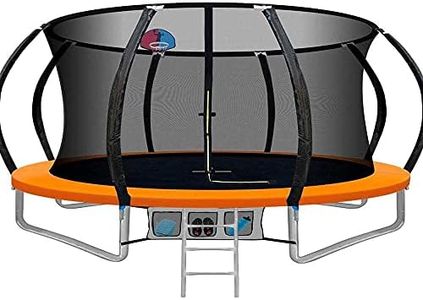

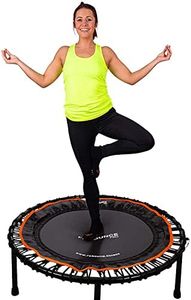


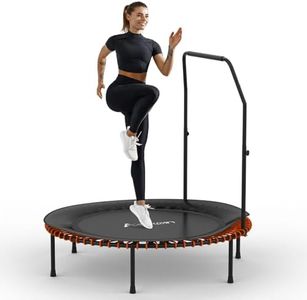
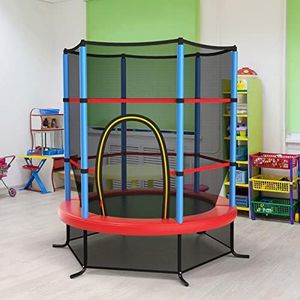
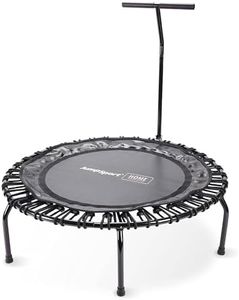
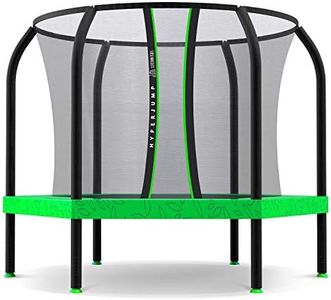
![Little Tikes Easy Store 3-Foot Trampoline - Indoor Bouncy Playset with 91,5 cm Diameter & Fold Down Handlebar - Easy Assembly & Storage - Encourages Active Play - for Kids Ages 3+ [Amazon Exclusive]](https://images-proxy.bestreviews.guide/1LDowGkj5SzyEbHdqtYOw84GBfs=/0x300/https://m.media-amazon.com/images/I/41tpSxIyxjL._AC_CX679_.jpg)
